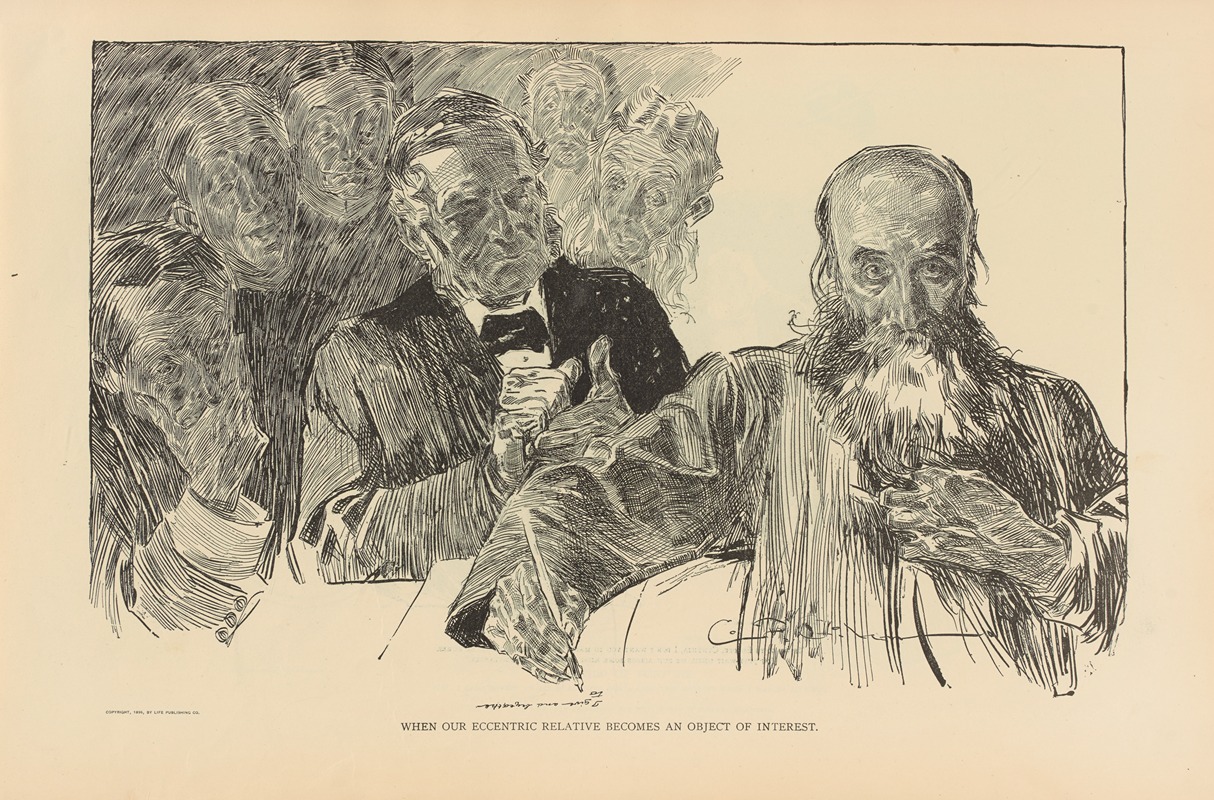
When our eccentric relative becomes an object of interest
A hand-painted replica of Charles Dana Gibson’s masterpiece When our eccentric relative becomes an object of interest, meticulously crafted by professional artists to capture the true essence of the original. Each piece is created with museum-quality canvas and rare mineral pigments, carefully painted by experienced artists with delicate brushstrokes and rich, layered colors to perfectly recreate the texture of the original artwork. Unlike machine-printed reproductions, this hand-painted version brings the painting to life, infused with the artist’s emotions and skill in every stroke. Whether for personal collection or home decoration, it instantly elevates the artistic atmosphere of any space.
Charles Dana Gibson was an influential American illustrator best known for his creation of the "Gibson Girl," an iconic representation of the American woman at the turn of the 20th century. His work was widely published in popular magazines of the time, such as Life, Scribner's, and Harper's, and he became one of the most celebrated illustrators of his era.
"When Our Eccentric Relative Becomes an Object of Interest" is one of Gibson's many illustrations that capture the social dynamics and cultural nuances of his time. Although specific details about this particular illustration are scarce, it is consistent with Gibson's style and thematic focus. Gibson often depicted scenes of social interaction, highlighting the manners, fashions, and societal norms of the late 19th and early 20th centuries.
Gibson's illustrations were characterized by their detailed line work and keen observation of human behavior. His art often contained a humorous or satirical edge, reflecting the social mores and class distinctions of the period. The "Gibson Girl" itself was a satirical yet affectionate portrayal of the independent and modern woman, and it became a cultural phenomenon, influencing fashion and popular culture.
In "When Our Eccentric Relative Becomes an Object of Interest," Gibson likely explores themes of family dynamics and societal curiosity. The title suggests a scenario where a family member, perhaps unconventional or nonconformist, becomes the focus of attention, possibly due to their peculiar behavior or unique lifestyle. This theme would align with Gibson's interest in the complexities of social relationships and the often humorous side of human nature.
Gibson's work, including this illustration, played a significant role in shaping public perceptions of social roles and relationships during his time. His ability to capture the essence of his era with wit and precision made his illustrations not only popular but also culturally significant. They offered a window into the values and attitudes of American society at the turn of the century.
While specific information about "When Our Eccentric Relative Becomes an Object of Interest" is limited, it can be appreciated within the broader context of Gibson's oeuvre. His illustrations remain valuable for their artistic merit and their insightful commentary on the social fabric of his time. Gibson's legacy as an illustrator endures, and his work continues to be studied and appreciated for its contribution to American art and culture.





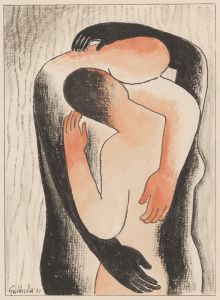
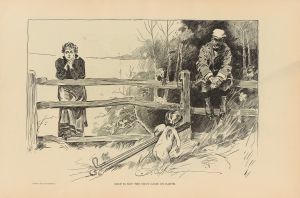
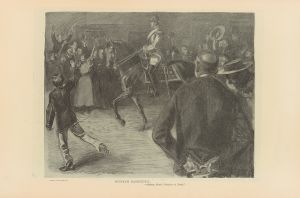
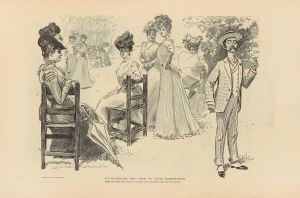
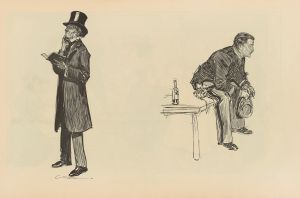
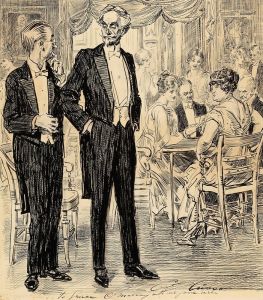
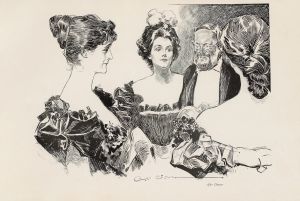
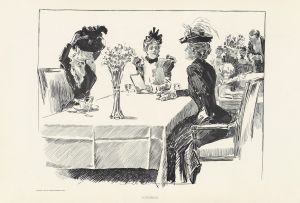
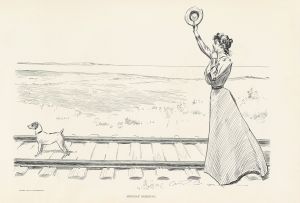
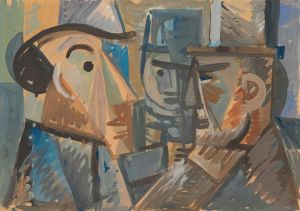
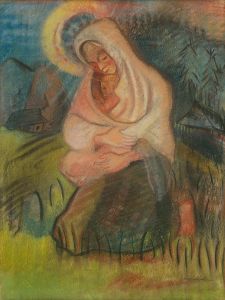
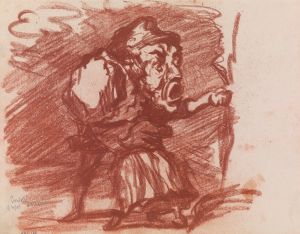
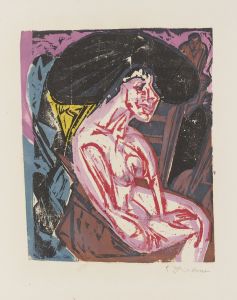
![Untitled [Mother and child]](/imgs/260873/s/frances-hodgkins-untitled-mother-and-child-e53a1b.jpg)